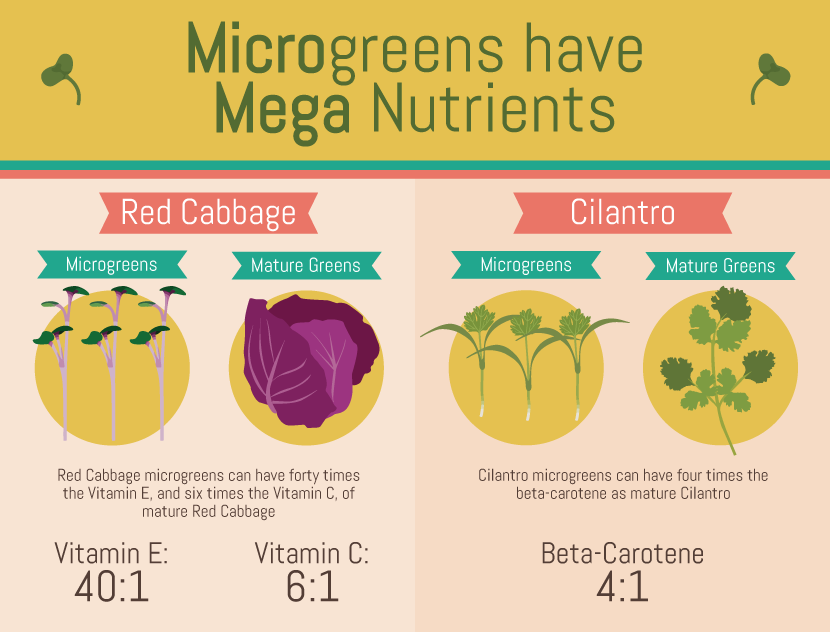Since their introduction to the Californian restaurant scene in the 1980s, microgreens have steadily gained popularity.
Microgreens are vegetables or herbs harvested as juvenile greens. The harvest is usually after a week or two, or once they reach three inches tall and produce their first “true leaves.” In addition, microgreens contain highly concentrated vitamins, minerals, and antioxidants.
Microgreens are an excellent way for chefs and home cooks alike to incorporate healthy yet visually appealing elements into their dishes. After digging into the complete overview of what microgreens are, you won’t be able to resist welcoming a vibrant splash of micro herb confetti to your homecooked dishes.

